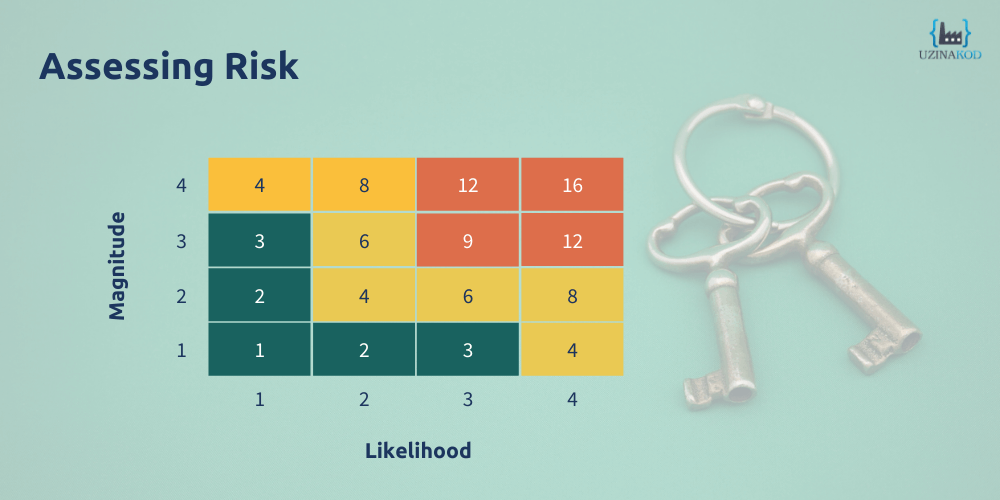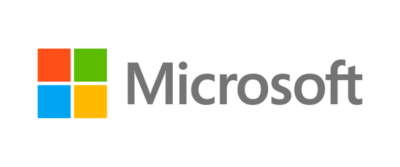The Project Manager has more than one trick up their sleeve… or rather, more than one arrow in their quiver… in short, they are versatile!
Their job involves mastering multiple roles, each of which is essential to ensuring the project runs smoothly, from launch to go live.

1. Supervisor
Main qualities: Organized and flexible
Tools of choice: Project management software and/or Office suite
Fatal error to avoid: Thinking all projects are alike
The Project Manager is above all the guarantor of the triple constraint. They have a global vision of the project.
It is in their hands that the project’s budget, planning and respect of scope are managed.
But at Uzinakod, we like putting the cherry on the sundae, and so we added a fourth constraint, both omnipresent and not quantified: customer satisfaction!

The Project Manager’s task is to set up monitoring metrics so as to maintain an overview of the project’s health at all times, with the essential goal of providing the client and the team with visibility on its progress.
There are several schools of thought when it comes to project monitoring. Project Managers who are adept at traditional Waterfall project management methods will most often use tools such as MS Project.
But the licensing costs involved are sometimes out of reach for small and medium-sized companies, and these tools are of limited value when using an Agile project management method requiring constant adjustments.
Let’s just bear in mind that the choice of indicators is what determines follow-up quality, rather than the choice of tool. A good Project Manager can ensure a complete follow-up using basic tools (like the Office suite), in the same way a good cook can produce excellent dishes from a humble kitchen (totally and unapologetically inspired by Next Level Chef!)

2. Inspector
Main qualities: Visionary and detail oriented
Tools of choice: The risk matrix
Fatal error to avoid: Underestimating or ignoring a risk
Knowledge is power. The Project Manager finds and flushes out risks! Nothing escapes them. The sooner risks are identified, the less impact they have on the project!

Anticipating a risk allows for a better analysis of its severity and, in some cases, the implementing of a mitigation plan to minimize or eradicate it. Such plans are often built collectively, which allows the team to maintain a solid cohesion and to focus on finding constructive solutions.
However, sometimes the best way to handle a risk is to accept it. In this case, the Project Manager helps the team to prepare for the situation, and to get through it without becoming weakened.

3. Alarm-Sounder
Main qualities: Objective and proactive
Tools of choice: Their metrics and communication tools
Fatal error to avoid: Being excessively optimistic (or pessimistic)
More than just setting up a quality monitoring system, the Project Manager must know how to use it correctly to issue alerts should the project go overbudget, deviate from the schedule or fail to respect the scope and/or priorities.
The aim is obviously not to incriminate, but to define the cause of the deviations so as to justify and decide whether:
- They are a natural effect of the project, requiring an update to the budget and schedule (re-budgeting and/or budget extension) to account for them,
or
- If an action plan is needed to reconverge the objectives and the design path. In this case, it is the organization that adapts to the existing budget and schedule, and not the other way around.

4. Coordinator
Main qualities: Helpful and involved
Tools of choice: Their communication skills and, as needed, interactive workshop and design thinking tools
Fatal error to avoid: Interfering
We don’t expect the Project Manager to be a rocket scientist! What is expected of them is knowing how to collect and disseminate information.
By their actions, the Project Manager has to make the project flow evenly at every stage.
There is always a gap between what should be known, what is known, and what is said. The Project Manager must therefore relentlessly smooth out communication so that all resources have access to the necessary information, ensuring effective exchanges without substituting for other project members’ roles.
A true chameleon, they know how to adapt to the level of understanding of each person and, when faced with a lack of clarity, will direct the project to the right resources to resolve any questions. As such, they coordinate the various people seeking information.
During the life of the project, they ensure fair and realistic planning by defining a timeline with milestones that guide the team in the design.
When the project is complete, they initiate the transition by assisting the client throughout the production, change management and maintenance phases.

5. Editor
Main qualities: Transparency and attention to detail
Tools of choice: Reports
Fatal error to avoid: Overloading
Studies have proven that short, clear documents are more enjoyable to review.
The Project Manager must use their keen sense of communication and love of formatting to fit a sometimes-great deal of information into a small space with an appropriate visual.
The result: maximum visibility on the most relevant information and, for the readers (client and team), the possibility of understanding without having to decipher.
An occasionally complex and challenging exercise!
Conclusion
As you can see, the Project Manager is like a five-legged sheep. Their versatility and desire to make the project meaningful for all stakeholders means they are always indispensable to a winning team! It’s in the bag! 😊
For an overview of the projects we’re working on (and the ones we’ve completed), visit our Achievements page. And for those interested in a career as a Project Manager at Uzinakod, it’s this way!




